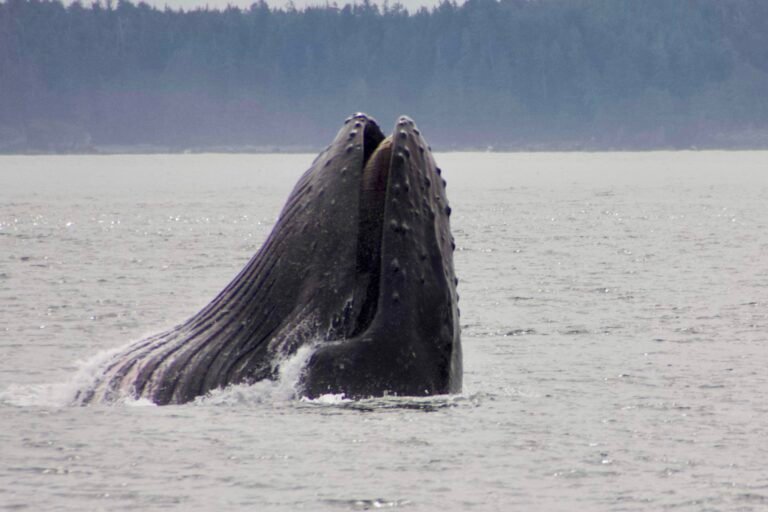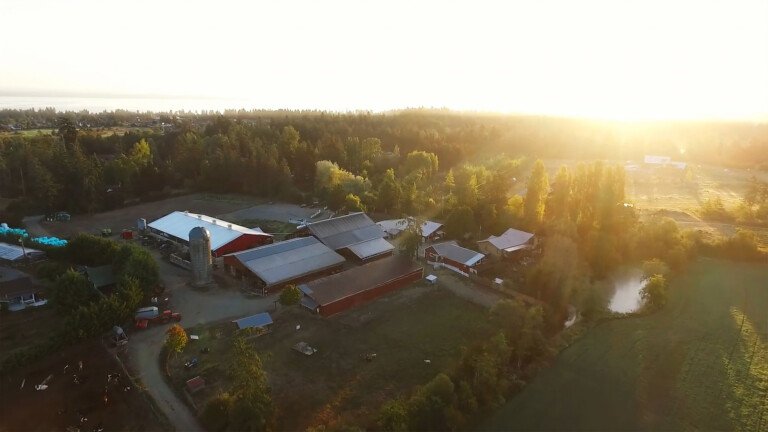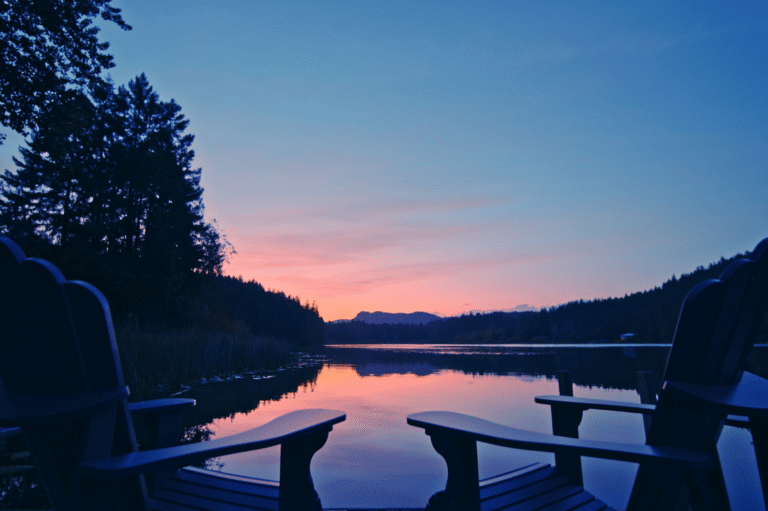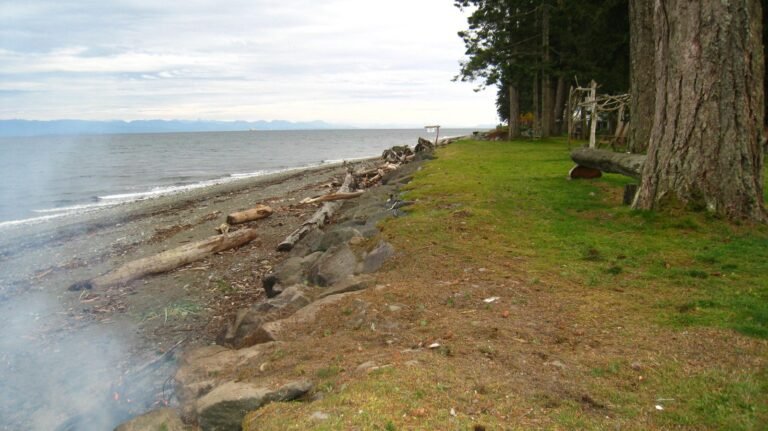Northern Rocky Mountains Provincial Park is the third largest provincial park in British Columbia, protecting 665,709 hectares of wilderness in Northeastern BC. The park is the largest in the Muskwa-Kechika Management Area that includes Wokkpash Recreation Area, Stone Mountain Provincial Park and Kwadacha Wilderness Provincial Park.
Wildlife in the mountainous park includes grizzly bear, black bears, moose, elk, caribou, mountain goats, stone sheep, wolves, and deer. Furbearers include martens, fishers, weasels and wolverines.
The park provides representation of the Eastern Muskwa Ranges, Muskwa Foothills and Muskwa Plateau ecosections. The landscape consists of a series of northwest-southeast trending valleys and ridges. Glaciation has resulted in broad U-shaped river valley bottoms, mountain cirques and morainal ridges. The mountains in the Muskwa Range have steep eastern faces with gentler grades on western aspects.
Peak summit elevations range from Mount Mary Henry at 2,641 m to Mount Sylvia at 2,942 m. In comparison to the southern Rocky Mountains, the Muskwa Ranges are older and generally show evidence of more complex tectonic deformation that results in spectacular geological features.
One of the notable features of the Northern Rocky Mountains Park is the diversity of water features. The area is accentuated by major rivers, clear, cold streams, waterfalls, rapids, small glaciers and lakes.
The rivers include the Tetsa, Chischa, Tuchodi and Muskwa and the main creeks are the Gathto, Kluachesi, Dead Dog and Chlotapecta. All creeks and rivers in the Northern Rocky Mountains flow into the Muskwa. Kluachesi and Tetsa are examples of the larger lakes in the area, but the largest and most important water recreation feature in the Northern Rocky Mountains Park is the upper and lower Tuchodi Lakes.
The Boreal White and Black Spruce, Spruce Willow Birch and the Alpine Tundra biogeoclimatic zones are found in the Northern Rocky Mountains Park. Forests in the valley bottoms are dominated by white spruce and aspen, and are replaced by sub-alpine fir and white spruce at higher elevations.
Alpine plant communities consist of dwarf willows, grasses, sedges, forbs and lichens. The park also has numerous wetlands and native grasslands. Old growth white spruce forests can be found along the major river valley bottoms.
Northern Rocky Mountains Provincial Park offers great backcountry adventures, including fishing, boating, camping, hiking, horseback riding, Mountaineering, and nature photography during the summer and fall months. Snowmobiling is popular in winter months.
Wilderness, backcountry and walk-in camping is allowed, but no facilities are provided. There are many primitive campsites along the major river courses. Most of the main rivers and creeks have trails that were established by guide outfitters, but few are well maintained. On the Wokkpash Trail, a public use cabin is available at the south end of Wokkpash Lake.
Northern Rocky Mountains Park offers excellent opportunities for backcountry horseback riding. Riders should be experienced and prepared for wilderness travel, as there are no designated trails. Horseback riders are required to obtain a letter of permission from the BC Parks.
Wilderness paddling trips in the park are only recommended for experienced paddlers. The Tuchodi River offers a multi-day trip starting from Tuchodi Lakes (air access only) down the Tuchodi River to the Muskwa River and on to Kledo Creek boat launch, which is accessible from the Alaska Highway. The Muskwa River provides a multi-day trip starting just below the upper canyon on the Muskwa River (air access only via helicopter) to the Kledo Creek boat launch, which is accessible from the Alaska Highway.
Fishing in the Northern Rocky Mountains Park includes lake trout, rainbow trout, bull trout, arctic grayling, and lake whitefish.
Northern Rocky Mountains Provincial Park is located approximately 50 miles (90 kms) southwest of Fort Nelson, bordering on the Alaska Highway (#97) along its northern boundary. Access to the park is by riverboat, aircraft, hiking or horseback. The park borders Stone Mountain Provincial Park and Kwadacha Wilderness Provincial Park.
Nearby Regions & Towns
Park Notices






